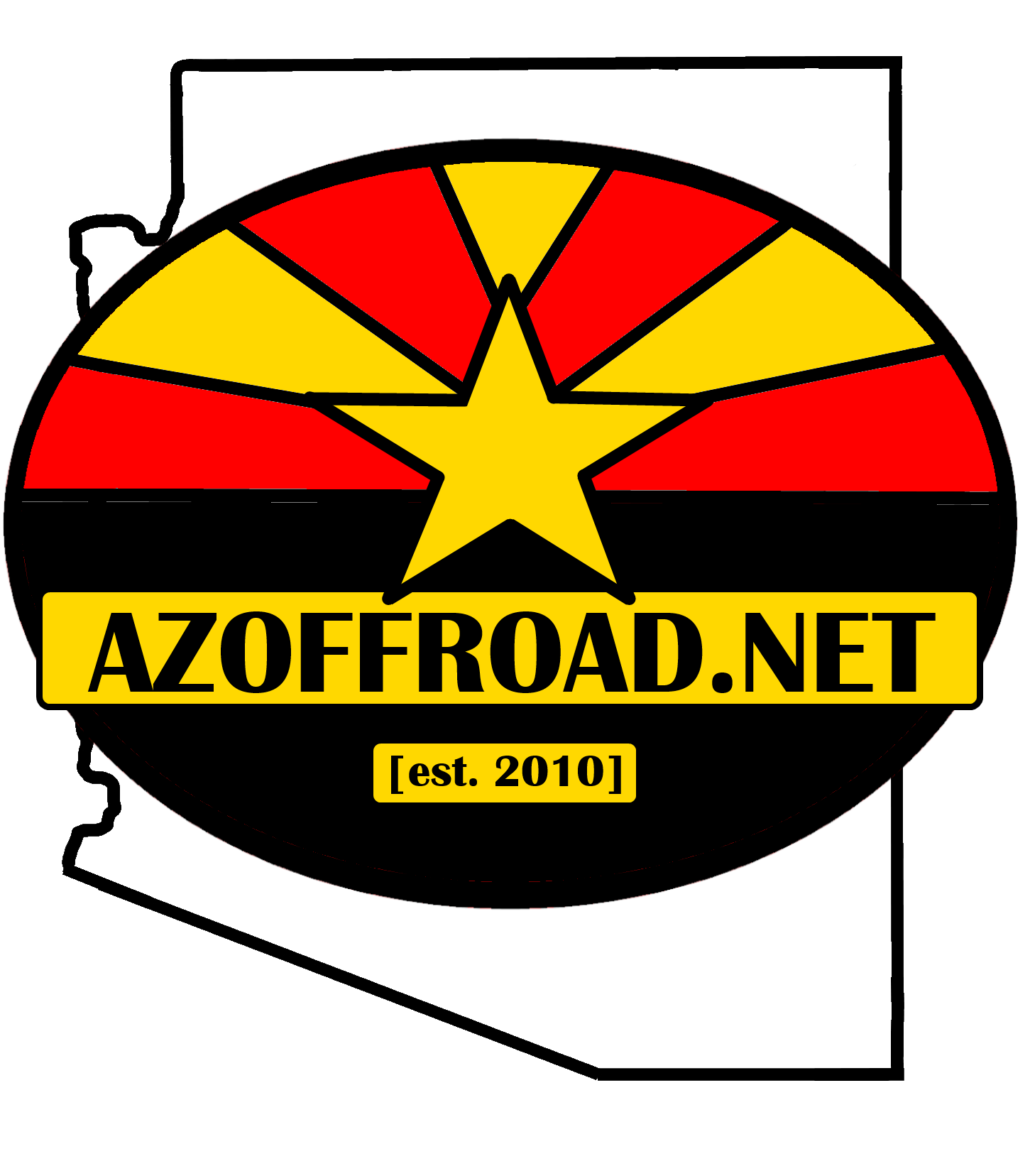Yuma County
Fortuna Mine
Most successful between 1894 and 1904, this mine produced over 120,000 ounces of gold
Fortuna Mine is a ghost town and abandoned gold mine in the Gila Mountains near Yuma, Arizona. The mine is one of the stops near the end of the historic El Camino del Diablo. Because the site currently is on land under the authority of the Barry Goldwater Air Force Range, free permits are needed to visit the ruins. To get to the mine, either follow the Fortuna Mine trail from Yuma or complete El Camino del Diablo.
On December 22nd, 1894, the Fortuna Mine was accidently discovered by three men. William Halbert, Charles Thomas, and Albert Laurent were in the area looking for lost and/or stolen cattle. When making camp for the night, the men moved some rocks together for a campfire and in the morning, had noticed the rocks contained gold. After inspecting the area they soon found a vein of gold.
Upon returning home, the men filed seven mining claims on 132 acres of land around their discovery. News traveled fast and Charles Lane purchased all seven claims for $150,000. Lane was known for other productive mining ventures including the Harquahala Mine south of present day Salome. Much of the crew working at Harquahala was sent here. In 1896, Lane opened La Fortuna Gold Mining and Milling Company which operated the mine.
Because of the desolate area, reliable water was an issue. A 4-inch thick pipeline was laid 14 miles from the Gila River to the mine. Today, remnants of a large reservoir sits above the townsite, possibly where this water was stored, and is rumored to have held 1 million gallons of water.
Fortuna Mine included extensive workings including a 1000 foot shaft. A 20-stamp mill was constructed on site to process the gold. Cyanide leaching was also used as a last ditch effort to extract as much gold from the waste rock. From 1896 to 1904, the mine operated with great success. A community of around 100 people sprung up around the mine. Blacksmith shops, cookhouses, a general store, barbershop, schoolhouse, and several saloons all popped up as the town boomed. Mule teams and wagons transported goods and explosives between the townsite and the Southern Pacific Railroad station.
The glory of Fortuna was short lived. From 1894 to 1904, the mine produced approximately 123,000 ounces of gold worth over $2,500,000. The vein quickly ran out and was lost deep within the mine. In 1904 the mine was closed. The mine was intermittently worked for the next 40 years with little to no success. In 1942 the last workings were shut down and in 1966, the claims were sold off for $100 each.
Today, many ruins, old foundations, and gravesites dot the landscape around the mine. A large vertical shaft remains at the kiosk and guestbook, but is fenced off. There is a walking tour of the town which passes a nice overlook near the 20-stamp mill. Take some time and explore this once bustling boom town. Fortuna Mine stands as a testament to the grueling conditions endured by the miners who lived and worked in this area over a hundred years ago. Don’t forget that you need a permit to visit the site and should try to avoid the intense summer time heat.
Sources:
Information board on-site.
"Fortuna Mine (La Fortuna Mine), Barry M. Goldwater Air Force Range, Fortuna District (La Fortuna District), Gila Mts, Yuma Co., Arizona, USA." Fortuna Mine (La Fortuna Mine), Barry M. Goldwater Air Force Range, Fortuna District (La Fortuna District), Gila Mts, Yuma Co., Arizona, USA. Mindat.org, n.d. Web. 19 Dec. 2016. <http://www.mindat.org/loc-33482.html>.
"Fortuna - Arizona Ghost Town." Fortuna - Arizona Ghost Town. Ghosttowns.com, n.d. Web. 19 Dec. 2016. <http://www.ghosttowns.com/states/az/fortuna.html>.
Richard, Stephen M., Charles Ferguson,, and Steven Skotnicki. Geology of the Fortuna Mine, Yuma County, Arizona. Tucson, AZ: Arizona Geological Survey, May 1999. PDF. <http://repository.azgs.az.gov/sites/default/files/dlio/files/nid966/ofr-97-16_report_fortunamine.pdf>.







